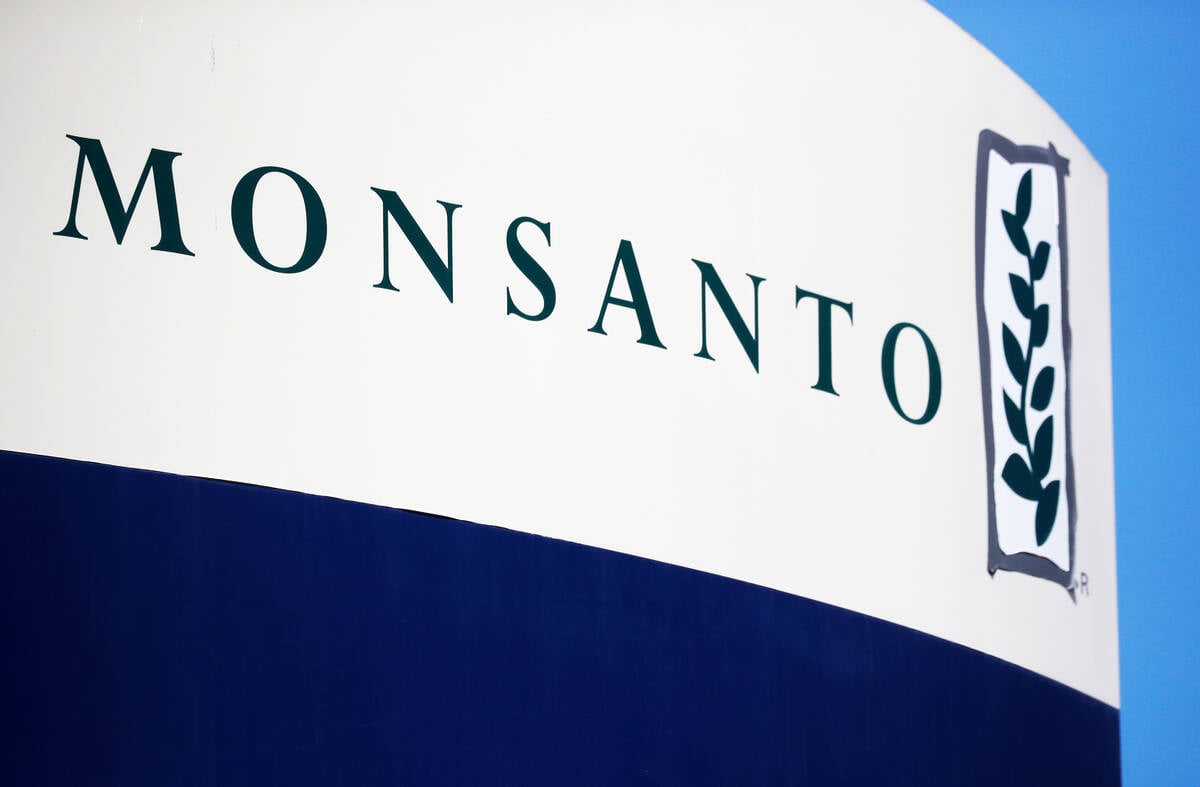Ag boosters habitually fall back on two defences whenever someone questions why farmers do things the way they do — usually on ethical or environmental sustainability issues.
We’ve dealt with fallacies of the first mantra — our farmers must feed the world — previously in this space. Increasing the productivity of small-scale farmers — most of whom are women, improving market access and reducing waste will go further towards feeding the world than squeezing an extra few bushels per acre out of a Prairie farmer’s wheat field.
Now it appears the second fallback defence — farmers have to farm this way to produce cheap food — is headed down the tubes faster than you can say “flush.”
Read Also

Roundup retraction makes public trust ripples
A foundational study on glyphosate safety was recently retracted, while Roundup maker Bayer has already said it may ditch the key agricultural herbicide after lawsuits piled up.
The question isn’t whether the food produced by the machine we call modern agriculture is cheap — at least on the consumer end of things. After all, the statistics show consumers in industrialized countries have never had it so good.
“Americans are spending a smaller share of their income (or corresponding amount of effort) on food than any other society in history or anywhere else in the world, yet get more for it,” say the authors of a newly released study into why more of us are getting fat.
Roland Sturm, of RAND Corporation and Ruopeng An, of the University of Illinois at Urbana-Champaign said that in the 1930s, Americans spent one-quarter of their disposable income on food. By the 1950s, that figure had dropped to one-fifth. The most recent data show the share of disposable income spent on food is now under one-tenth.
The question they raise is whether cheap food is good. Their answer — shockingly — appears to be no.
These researchers reviewed the data on all the suspected causes of rising rates of obesity in the U.S. in search of an explanation for why two in three Americans are overweight or obese at a time when access to nutritious food, leisure time and activities have never been easier.
They looked at things like snack food, fast food, automobile use, time spent viewing television or looking at computer screens, vending machines, suburban sprawl, increasing portion sizes, female labour force participation, poverty, affluence, supermarket availability and alternatively, so-called food deserts in the urban cores.
- More from the Manitoba Co-operator: Food manufacturers hooked on salt, fat, sugar, says speaker
They even looked at race and socio-economic factors. While it was true that people with low incomes tended to have higher obesity rates, they also found that obesity has been rising across all demographics of society at about the same rates.
“After examining available evidence, the authors say widespread availability of inexpensive food appears to have the strongest link to obesity,” their report says.
This not just an American problem. The release of their data coincided with the release of another review of data collected from 188 countries worldwide that concluded 2.1 billion people, or about 30 per cent of the global population, are either obese or overweight.
The rise in obesity over the past three decades presents a “major public health epidemic in both the developed and developing world,” the report from the Institute for Health Metrics and Evaluation (IHME) at the University of Washington says.
It’s bad enough that cheap food is now seen as a major public health threat — but a threat to national security? That was the gist of the press conference called by U.S. Agriculture Secretary Tom Vilsack and retired U.S. army generals last week to condemn those who would water down new nutritional standards for that country’s school lunch programs.
With one in five American youth too overweight to enlist in the military, how would the country find enough soldiers to defend itself in times of war?
“An estimated 75 per cent of all young Americans between the ages of 17 and 24 are unable to join the military for various reasons including being physically unfit,” they said in a statement.
If there ever really was a so-called cheap food “policy,” it has successfully, unequivocally failed.
As farmers well know, even though the spectacular productivity of current practices has resulted in cheap food for consumers, it’s an expensive way to farm with its high capital costs and razor-thin margins — not to mention the costs that are externalized, such as declining biodiversity, soil and water quality.
We’ve often wondered why farmers ever embraced the notion of “cheap food” in the first place; it seems to perpetuate the philosophy that’s making farmers into an endangered species.
In our view, farmers can offer a much more salient value proposition to society — one that is rooted in stewardship, social responsibility and producing foods that are a solution to public health issues, rather than a contributor.
That’s something that could attract public “buy-in” like never before.













